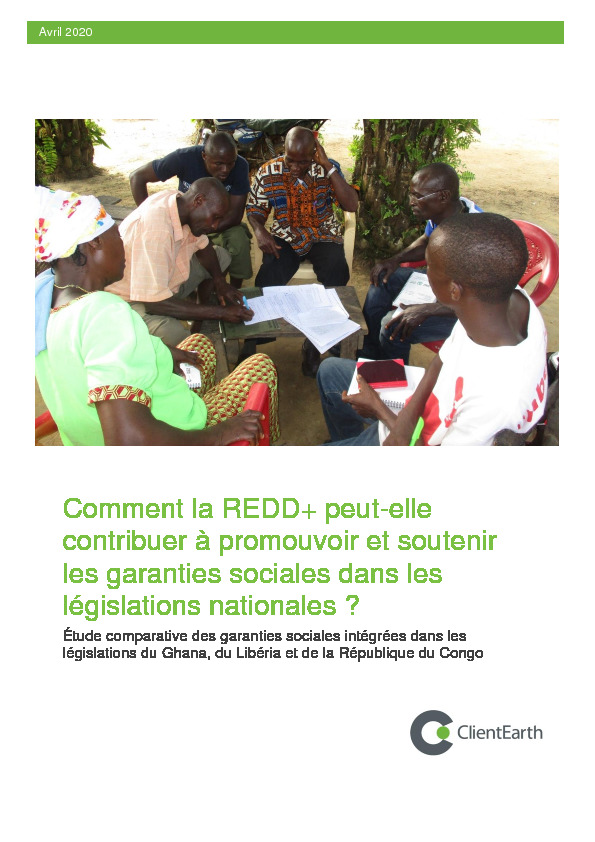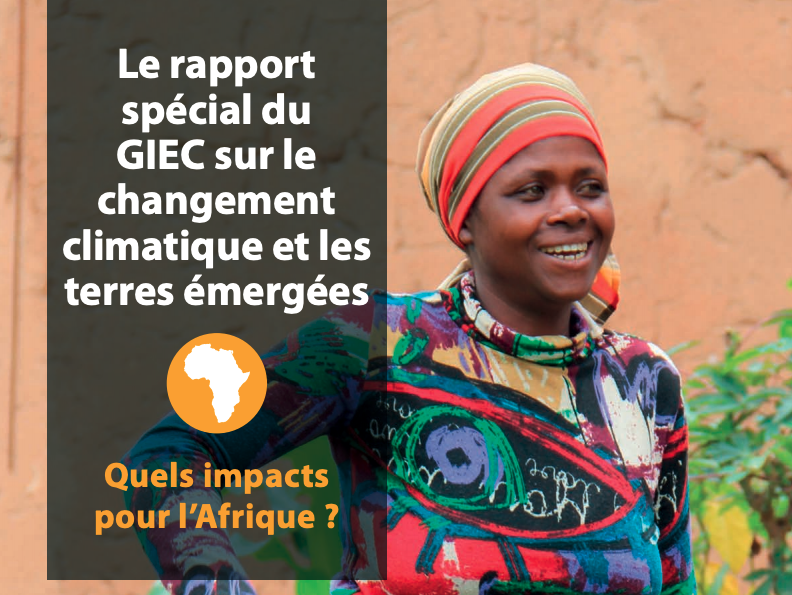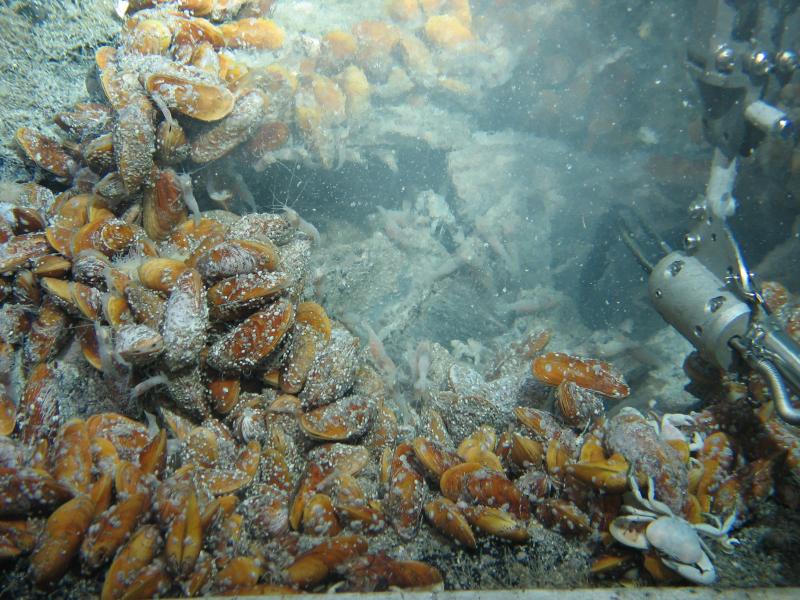Agroforestry for climate-resilient landscapes
RECOFTC, in partnership with ICRAF, has developed a regional training manual on agroforestry for climate-resilient landscapes with the objective to train future extensionists and practitioners working on agroforestry. To ensure the efficacy of the manual, each training sessions has been tested with a range of audiences at national and international levels. These include mid-level government officers, NGO staff and academics from Thailand, Myanmar and Viet Nam.










